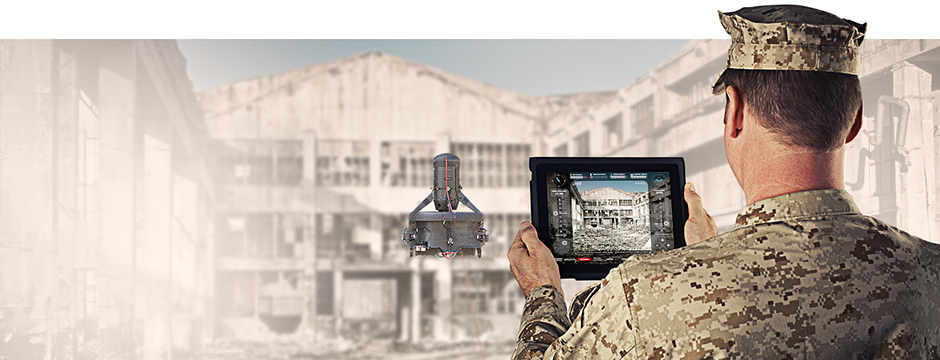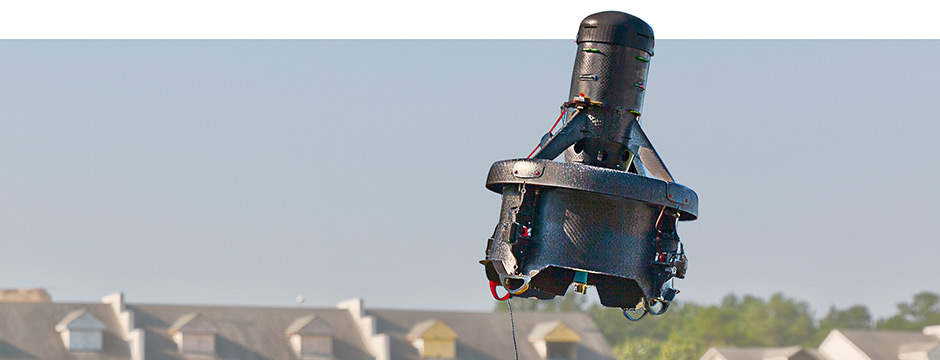
Robohub.org
Empowered by UAVs

The U.S. military UAV market is projected to grow at an 12% CAGR reaching $18.7 billion in 2018 according to a new report of Market Research Media Ltd. The report finds that the U.S. military UAV market will generate $86.5 Billion revenues over the period 2013 – 2018.
According to ReportLinker market profile report The Global UAV Market 2011-2021 – Global UAV Market Size and Drivers, published June 2012 the global market for UAVs in 2011 was estimated at US$7.1 billion and is expected to grow at a CAGR of 4.08% to reach US$10.5 billion by 2021. Cumulatively, during the forecast period, the total market for UAVs is estimated to be US$91.7 billion.
According to a Frost & Sullivan report May 2012, the unmanned aerial systems (UASs) market accounted for $5.25 billion of the U.S. Department of Defense’s (DoD’s) budget in 2010, with the Air Force emerging as the highest spender among all U.S. military services. Most of the $2.42 billion the Air Force has earmarked for UAS spending in 2012 is for the procurement of the MQ-9 Predator.
New analysis from Frost & Sullivan’s DoD Unmanned Aerial Systems (UAS) research finds that fiscal year (FY) 2011 government contracts awarded specifically for the DoD UAS market amounted to $3.78 billion. Programs receiving the most contract dollars included the ER/MP MQ-1 Gray Eagle, MQ-9, and RQ-4 UASs.
Historically, UAVs have been used in various military settings outside of U.S. borders. UAVs have provided reconnaissance, surveillance, target acquisition, search and rescue, and battle damage assessments. In the recent wars in Afghanistan and Iraq, UAVs have been used for surveillance purposes and to attack enemies. The Predator UAV, for example, was armed with anti-tank weapons to attack Taliban and Al Qaeda members.
CyPhy Works, Inc. creates robots to empower people. Their first products are a line of UAVs that expand military, law enforcement, and inspection capabilities in remote situational awareness, endurance, and access. CyPhy Works was founded in 2008 by Helen Greiner, who previously co-founded and served as President and Chairman of iRobot Corporation.

Credit: CyPhy Works

Credit: CyPhy Works
tags: UAV, USA


